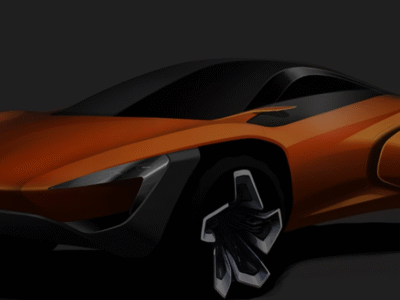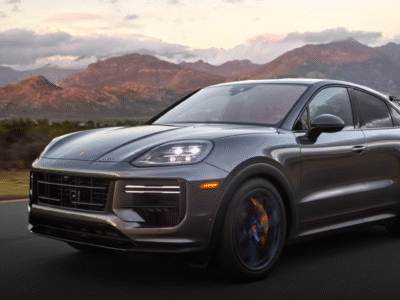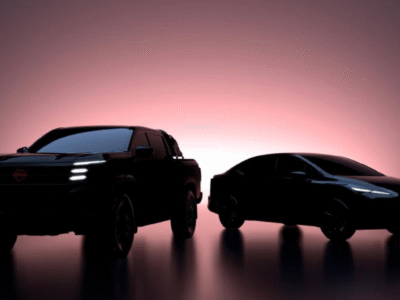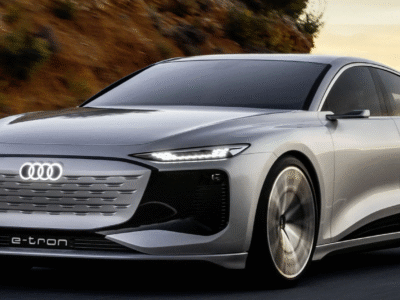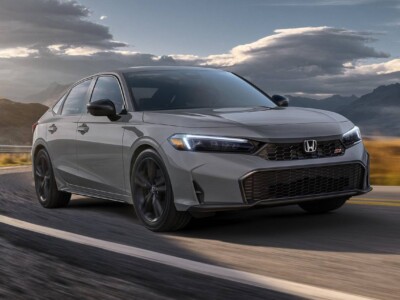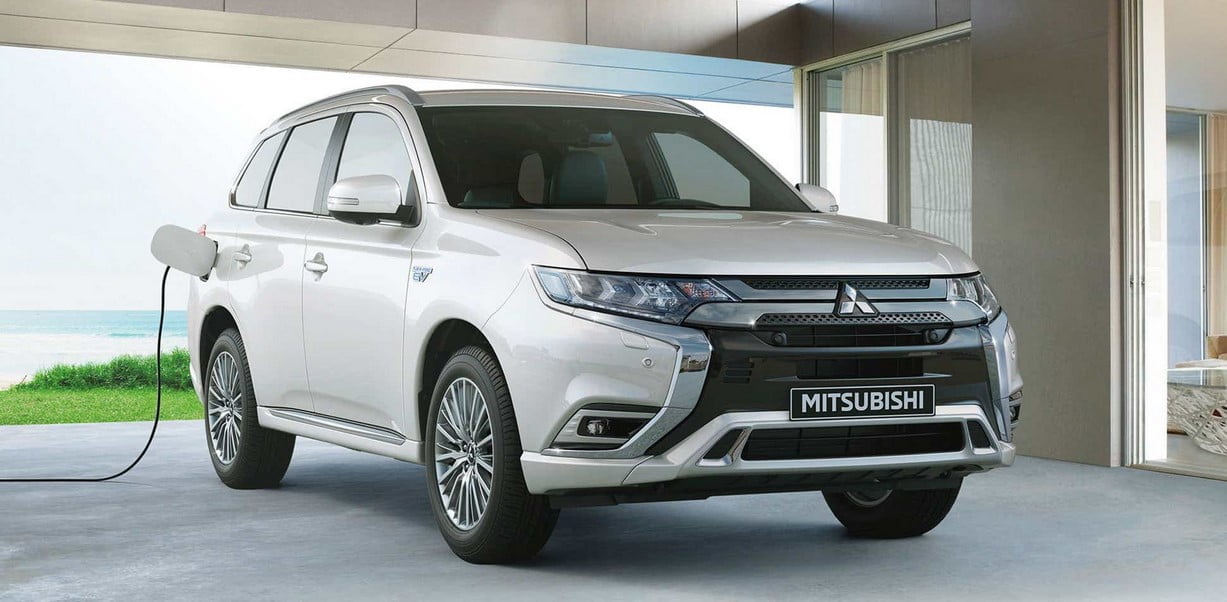
Mitsubishi confirmed on Thursday that its next-generation version of the Outlander Plug-In Hybrid will arrive soon, destined for its local market in Japan in late Q1 2022 and heading to the U.S. in the second half of 2022. When it arrives, it will have at least one significant advantage over the Toyota RAV4 Prime: third-row seating.
If there’s a global success story in Mitsubishi’s current lineup, it’s the Outlander Plug-In Hybrid. For several years over the past decade, the five-seater was the world’s best-selling plug-in SUV, and in 2020, it remained the top-selling PHEV in Europe. Earlier this year, the Japanese automaker sold a total of 270,000 Outlander plug-in hybrids worldwide; it arrived in Europe in 2013 and first went on sale in the U.S. for the 2017 model year, following a lengthy series of delays mainly due to the model’s high popularity elsewhere.
Mitsubishi promises improved motor power and increased battery capacity compared to the current model, resulting in “more powerful on-road performance” and greater range. The new Outlander, including the PHEV model, is built on the same platform as the Nissan Rogue.
The current Mitsubishi Outlander PHEV has an EPA-rated 24 miles of electric range and 26 mpg as a hybrid afterward. It was just updated for 2021 with a higher hybrid system power rating of 221 hp, 31 hp more than before. This includes a stronger 70-kw (94-hp) motor at the rear wheels, a 60-kw motor at the front, and a larger 2.4-liter inline-4 engine producing 126 hp. Most of the time, the engine operates as an 80-kw generator but can also be engaged to assist in driving the front wheels.
Its 13.8-kWh battery pack can be recharged in just 4.0 hours at 240 volts. Compared to other plug-in hybrid models, the Outlander PHEV was ahead of its time and currently maintains two other significant advantages: with CHAdeMO DC fast charging, it can be recharged up to 80% in just 25 minutes. Despite a relatively old pedigree at this point, the PHEV and its CHAdeMO charging port offer the potential for bidirectional charging that the parent company incorporated from the start. Hopefully, that philosophy remains a starting point for the new model.





